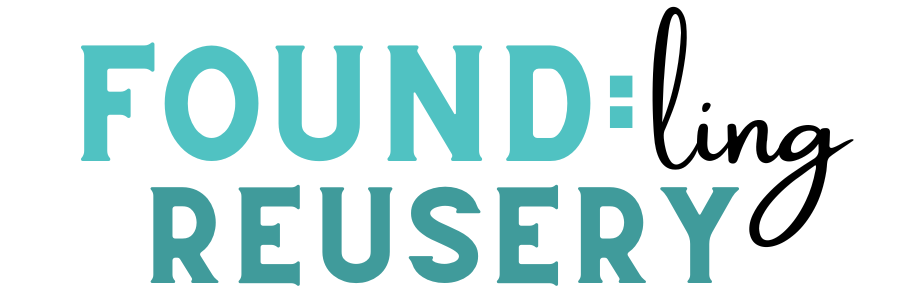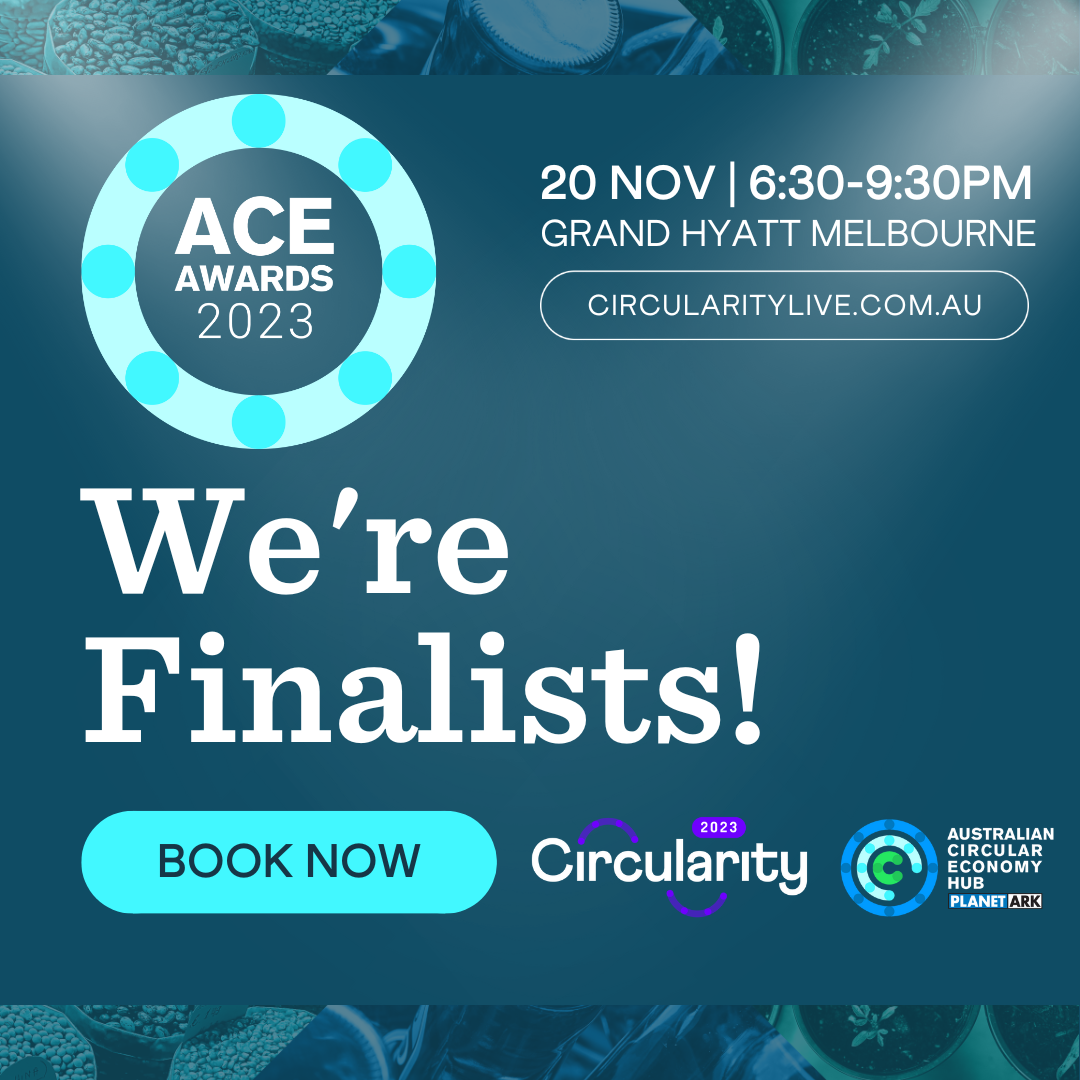Last week we had the pleasure of taking part in Victorian Cleantech Cluster’s NEXUS Cleantech Innovation Festival in Geelong. As well as showcasing some of our current range of value-add reuse based products, we also had the opportunity to speak as part of a panel discussion on bringing new circular economy products and services to market.
It was a great opportunity to share some of our knowledge and thoughts and experience in the challenges and opportunities in developing products in the circular economy, especially in the value-add reuse sector, in which we operate. We thought that the discussion was an important enough one to have that we have included some excerpts from it below.
What is the problem your customers or stakeholders have that you’re providing a solution for?
The core problem we are working on solving within our retail boutique is that of trust, visibility and accessibility for value-add reuse based products. Accessibility and visibility wise, there are hundreds of micro businesses across Australia making incredible products within the value-add reuse (examples), but they are largely invisible – the public don’t realise that they exist, so they don’t know to go looking for them. Most products are sold online, or at markets, as there are not suitable conventional retail opportunities. This makes them challenging and inconvenient to find.
Trust wise, there are many members of the public who want to find ways to live more sustainably, whether that is shopping sustainably or reusing/repairing what they have, but if they walk down mainstreet, there are no opportunities to do that. Others have a passion for vintage secondhand items, but don’t have the skills to repair items themselves, or don’t trust the quality or reliability of items which come from conventional secondhand streams.
We attempt to solve these issues together – FOUND:ling Reusery is set up in the middle of Colac’s main street. By carefully curating a collection of highly functional, aesthetically pleasing and accessibly priced reuse based products, in a carefully considered way, under our brand, we put value-add reuse in the heart of mainstreet.
What do you think are the Top 2-3 burning issues, for circular economy businesses trying to bring new products to market? How have you overcome them?
Aside from access to market, I think access to resources, recognition of the reuse industry’s scale and impact, and suitable, reuse supportive legislation are the most critical challenges right now.
On scale, there are more Salvos stores in Australia than there are Woolies supermarkets, and Salvos are only one of the players in the reuse space. Because of big entities like Salvos and Vinnies there is a degree of industry recognition for the importance of reuse, and there is also government support for the existing players in the sector. In value-add reuse however, there are hundreds, if not thousands of small and micro businesses working in the space, having a huge cumulative environmental impact, but they are all working alone, and as such there is no power in numbers, there is no central contact point, and as a result I believe they are overlooked, undervalued and under-supported
How should value-add reuse scale? Without access to resources at scale, it is impossible to manufacture at scale. It’s easy to access large scale resources for linear manufacturing and for recycled materials, but goods collected and sorted for reuse is a much more challenging and less developed resource stream. Without access to high volumes of accessibly priced resources, scaling value-add reuse will remain an impossible challenge.
Legal definitions are also a challenge – when does something stop being secondhand and become new? Where does liability land if a value-add reuse based product has hidden dangers from its original life? Can we ease the secondhand dealers licence burden for low value items to increase legal reuse?
How can we solve these issues? Recognising industry scale will help drive changes to laws, and those changes to laws will make it more viable for businesses to consider larger scale reuse based product development. Access to resources can be improved in a range of ways – we are developing digital and physical means of collecting unwanted household items and getting them to where they need to be to facilitate reuse, but that project is being hamstrung by access to finance. There is also huge scope for improvement in materials collection, sorting and redistribution at landfill sites, in council hard rubbish collections, and even in sorting of unsellable items at op-shops, but until councils, their subcontractors and other material collectors recognise that there is value, rather than cost, in investing in better sorting of materials, this challenge will continue. Councils and opshops need to see a large scale material reuse opportunity to see the potential value, and reuse entities need greater access to resources in order to reach a large scale. It’s very much a chicken and egg issue.
Is there any other help you can give to businesses looking to “go circular”?
Don’t assume that going circular has to involve a sacrifice, or is something that will cost more. That doesn’t have to be true.
The best way to take steps toward going circular is to fully understand the needs of all of the stakeholders involved in each part of your business. Without that knowledge you are going to make assumptions, and those assumptions lead to imperfect choices. Once you fully understand these needs then you willhave a solid platform from which you can find suitable circular solutions that can be implemented without sacrifice, solutions that can even provide opportunity for growth and improvement in other ways.
Take those needs that you have identified to an expert. Don’t take a solution, take the needs, the solution is their job. As a designer and problem solver, I can confidently say that the best solutions come from a thorough understanding of needs, and from an expert being given the opportunity to develop a solution, rather than being lumbered with improving a solution brought to them by their client. This absolutely goes for circular solutions too.
What’s the one action you’d like people to leave with today?
I’d love people to remember that circularity is more than just reducing the amount of materials your organisation is sending to landfill or putting solar panels on the roof, or changing the type of hot water service you have. Reducing conventional energy inputs and reducing linear waste disposal are important, and are easily identifiable and measurable solutions, which is why they attract so much attention, but the circular economy is so much more.
When you look to improve your businesses circularity, understand your needs, and look at the full circularity heirachy – look at where you can reduce, where you can reuse, where you can repurpose, and where you can work with others towards a more circular future, and look for where your customer can do the same with your help.
Photo Credit: Victorian Cleantech Cluster





